- “Lisa brings history alive … a marvelous panoramic view of a young princess’s life in the eleventh century … a fascinating read and a marvelous addition to historical fiction.”
– Emily-Jane Hills Orford for Reader’s Favorite
- ” … before Lisa’s book, Margaret could never have been understood as the complex figure she was … Lisa Di Vita has succeeded in presenting her holistically as the robust, energetic, holy and courageous woman she truly was.”
– The Very Reverend Canon John E. Crean, Jr., Ph.D
- “A perfect book for readers longing to be transported to another time. This enthralling eleventh-century saga is filled with all the color and historical details needed to enter palace intrigue and understand that powerful life forces remain constant no matter the civilization.”
– Nan Rae, Internationally recognized Chinese Brush Painter, Author of “The Ch’i of the Brush.”

Before approaching the palace, I needed to pause and take in the fact that I was really here.
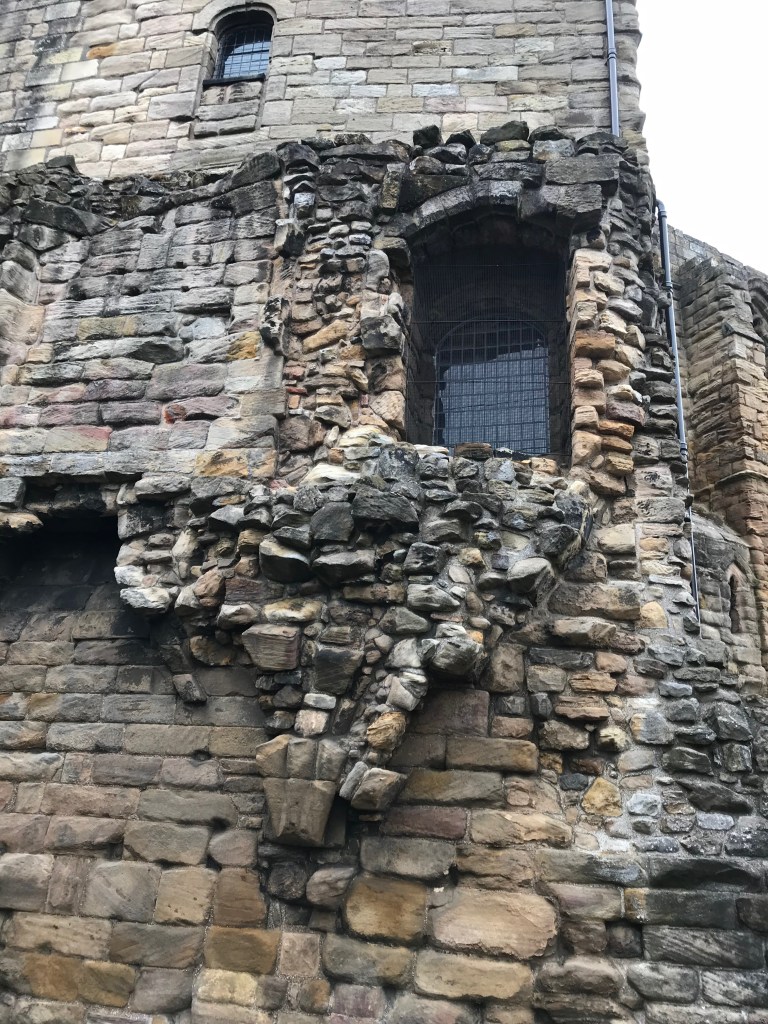
I must say, it’s festive.
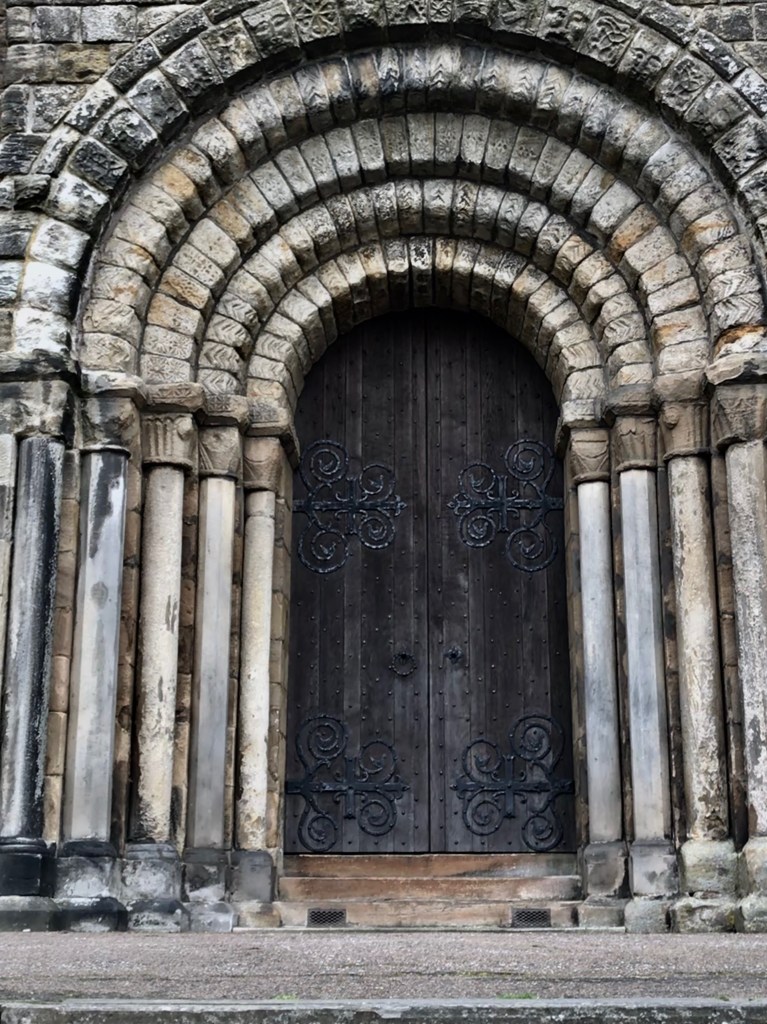
I photographed one on my right. See it just below:

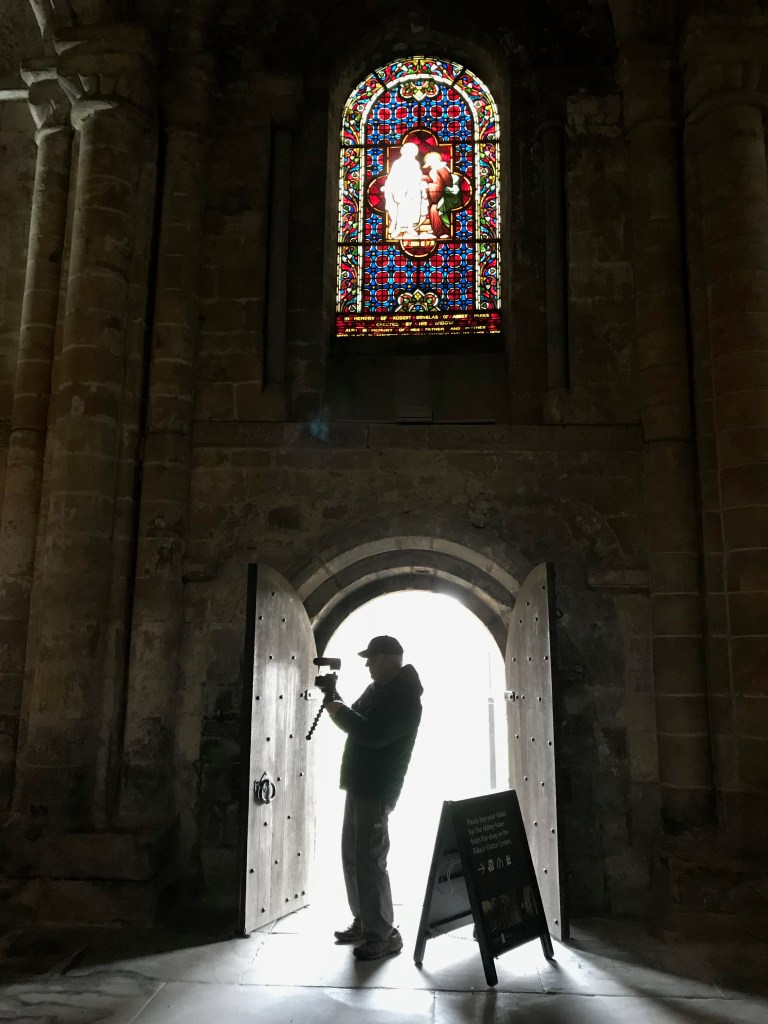

Note the graphic designs on the back two columns.

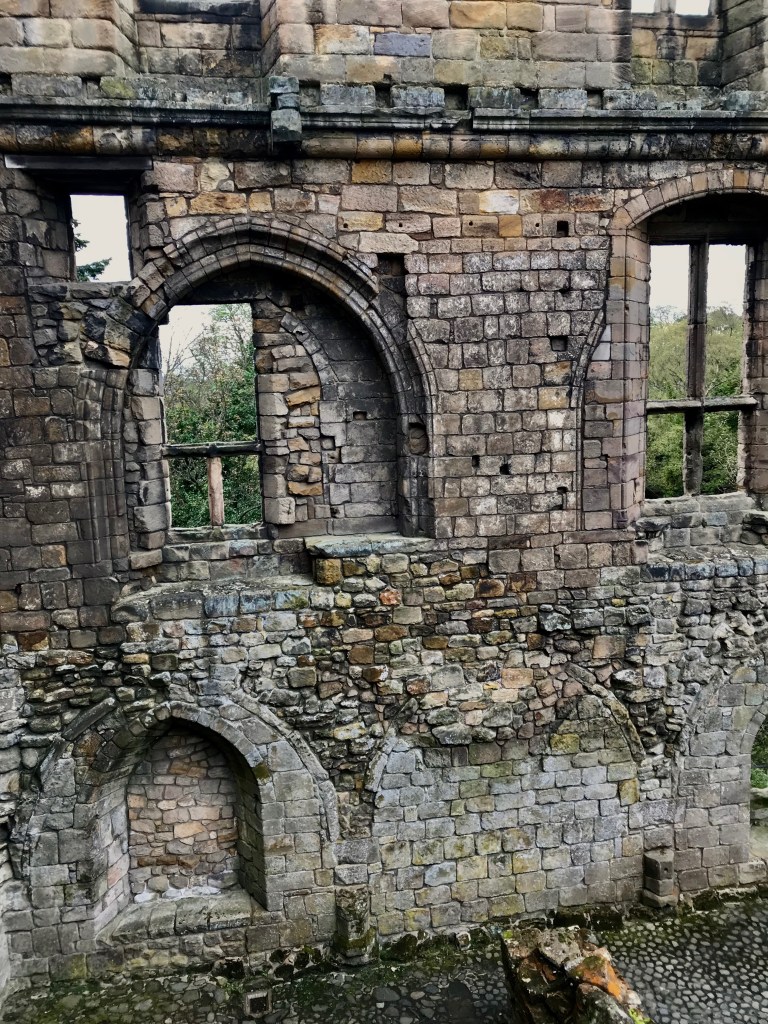
An attached guest house was located down here, as well.
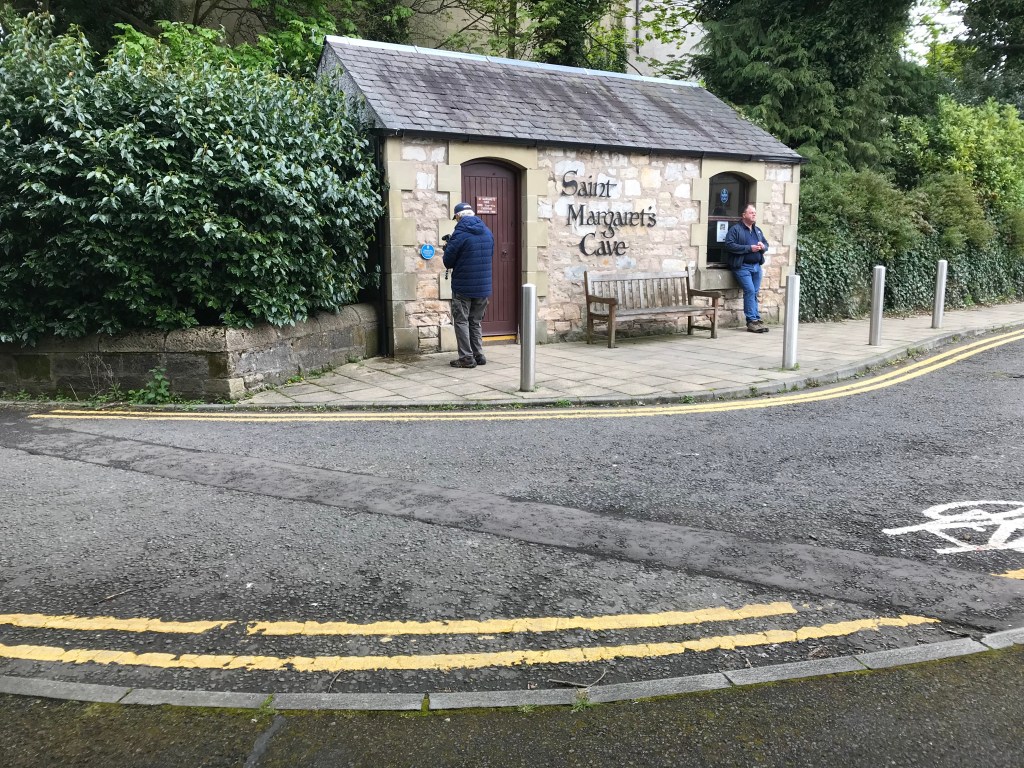
Then I turned around …

You’re invited to enjoy eleventh-century history in Book One of a trilogy about
“The Pearl of Scotland,” Margaret of Wessex.

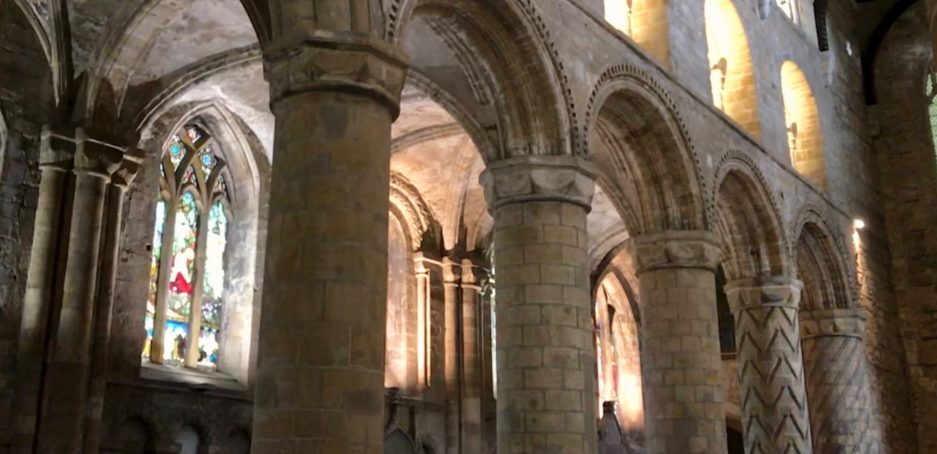
Love the pics. Love the travelogue. Can’t wait to hold the finished product in hand. Already have it on Kindle.
LikeLike